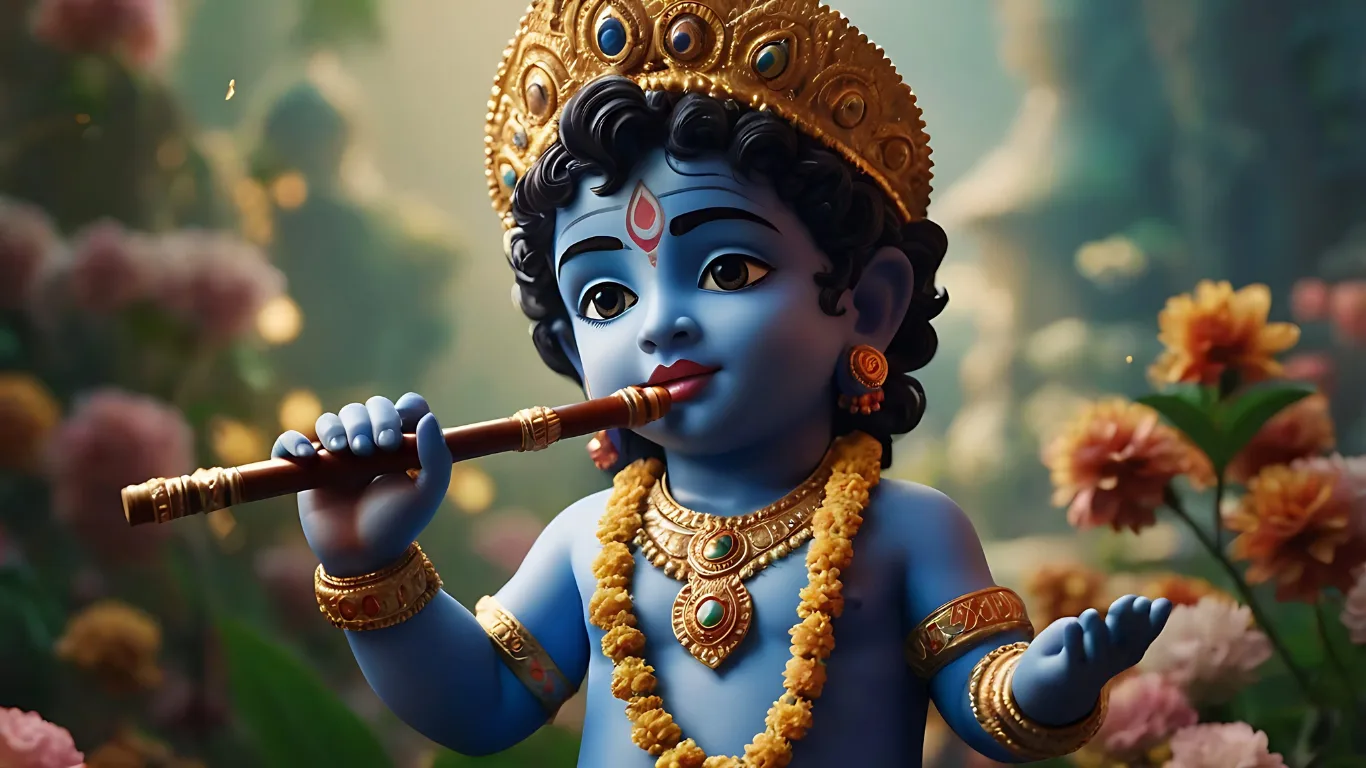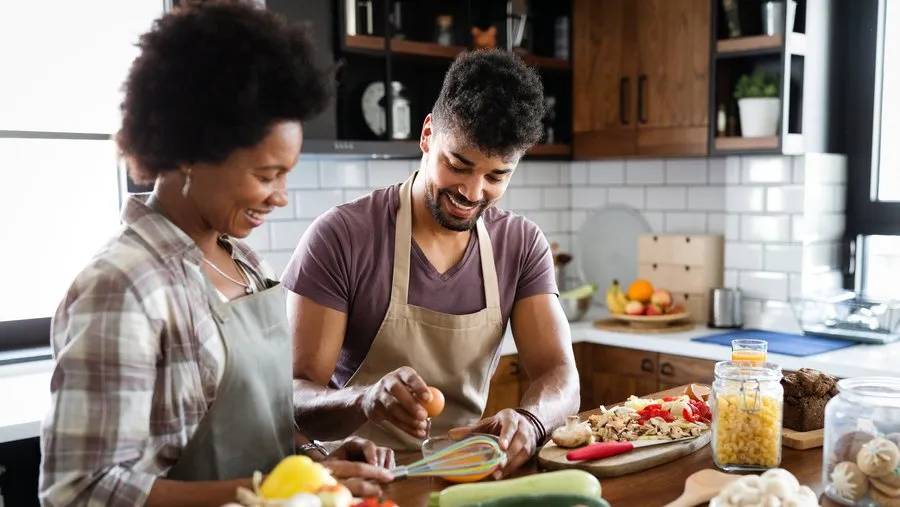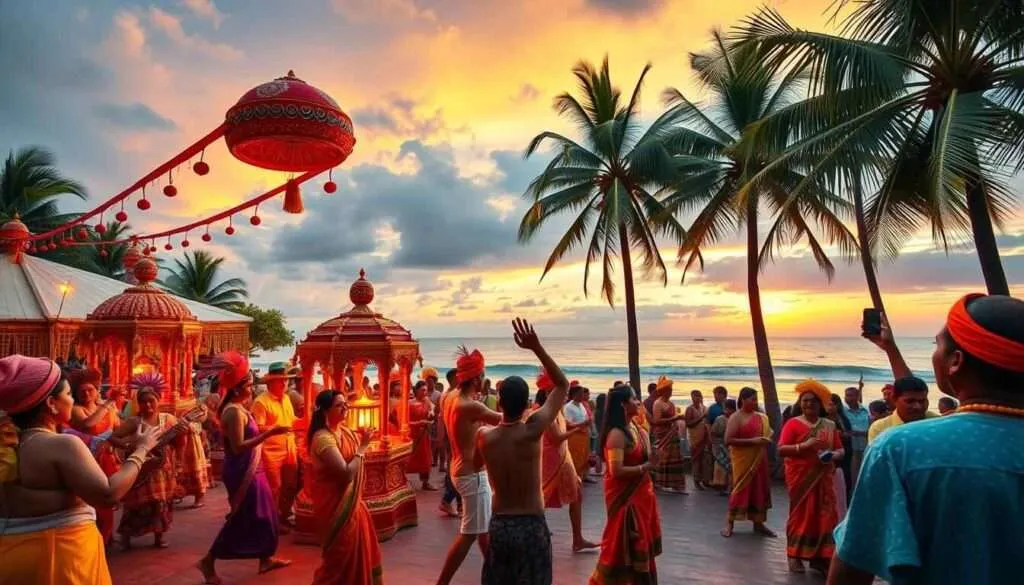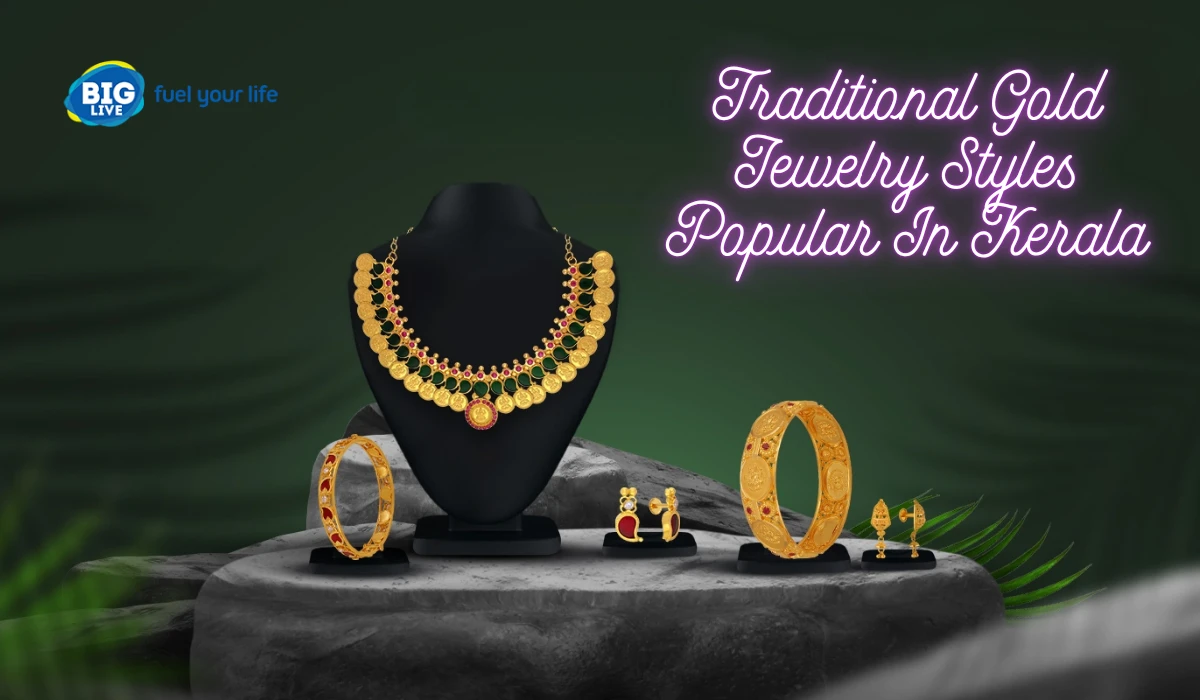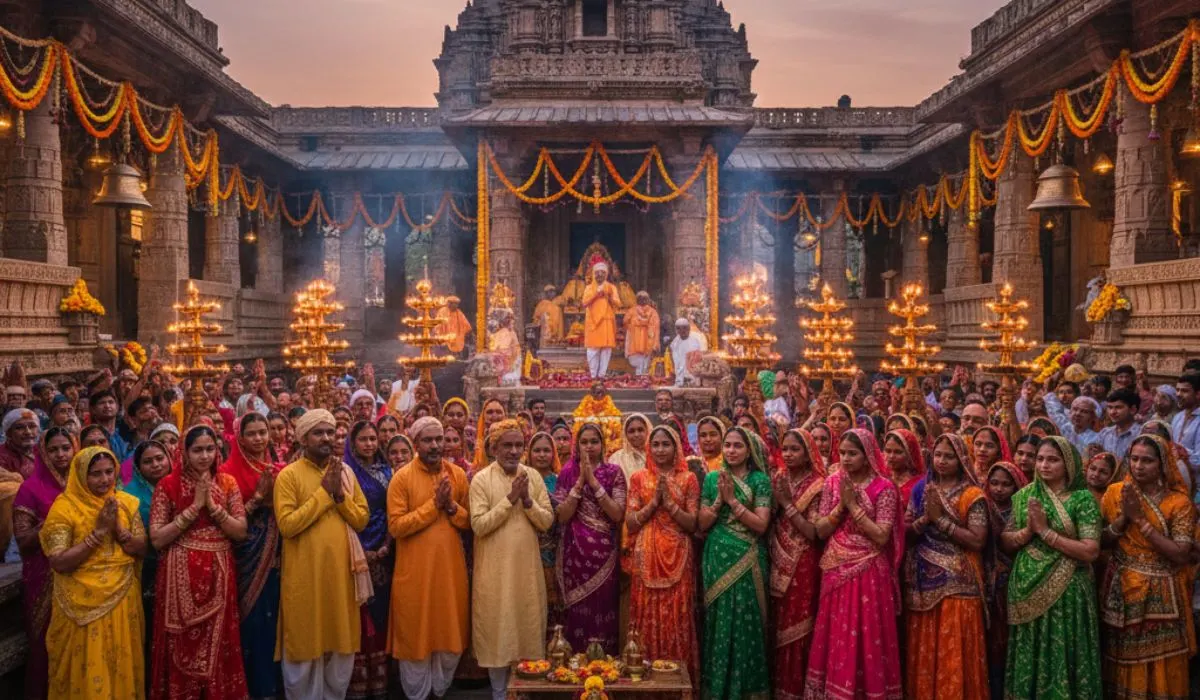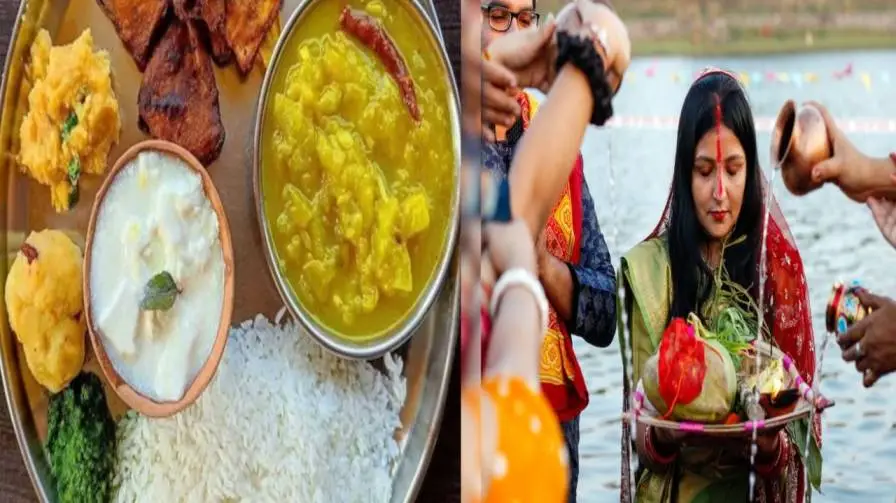Ever walked through the lanes of Bengal in mid-August? The scent of incense, the sounds of conch shells, and the sight of little feet painted on doorsteps give it away—Janmashtami is here. It’s not just a festival. It’s a feeling. And this year, on August 16, 2025, Janmashtami shares the stage with India’s Independence Day. Two reasons to celebrate, side by side.
What is Janmashtami, really?
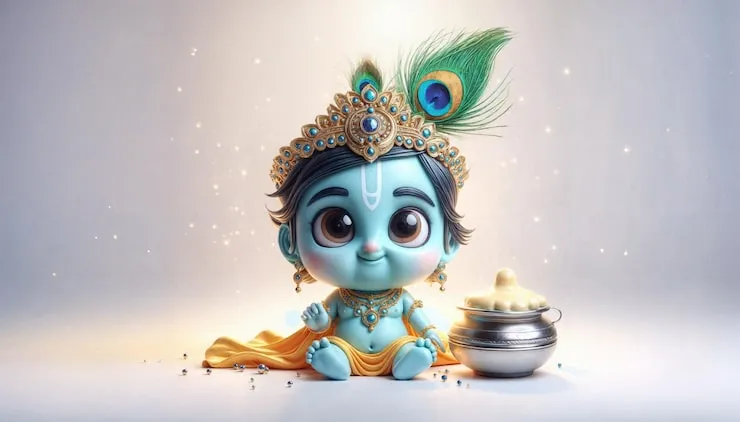
On Janmashtami, we commemorate the birth of Lord Krishna, who is thought to be Lord Vishnu's eighth avatar.. He wasn’t born in peace. It was a stormy night, in a prison cell in Mathura. And yet, his arrival changed the world.
In each Bengali family, Krishna is greater than a god. He’s the mischievous baby who stole butter. He’s the wise friend who guided Arjuna. Additionally, he is the lover who performed for Radha in the moonlight on the flute.
Read More: Raksha Bandhan 2025: Celebrating the Eternal Bond in West Bengal
A Bengal-style Janmashtami
Nowhere is Janmashtami celebrated quite like Bengal. Sure, temples overflow with people across India, but here, it’s personal. It’s homegrown. It's felt in the heart of neighborhoods.
Walk through a para (neighborhood), and you’ll see:
- Kids dressed as Krishna and Radha, their cheeks dimpled with joy
- Jhulan (swings) decorated with flowers for Radha-Krishna idols
- Local clubs organizing drama and bhajan nights
- Grandmothers sharing stories while making payesh
The day unfolds like this…
Morning: Clean, Prepare, Decorate
People wake early to clean homes and create alpona (traditional rice paste art) at the entrance. Many draw tiny footprints of baby Krishna—from the door to the puja corner.
Fasting Begins
Most devotees fast all day. Some only eat fruits or drink milk. Others don’t eat at all until midnight. It’s not about punishment—it’s about focus. Keeping the mind fixed on Krishna.
Evening: Bhajans and Kirtan
As the sun sets, the singing begins. Bhajans ring through homes and temples alike. Neighbors gather. The elderly lead the chants. The younger ones follow along, sometimes clapping, sometimes dancing.
Midnight Magic
At the stroke of 12, the moment Krishna changed into born, bells ring, conches blow, and aarti starts offevolved.Infant Krishna idols are dressed in fresh garments, given a milk bath, and rocked gently in a cradle. It’s not only a ritual—it seems like welcoming a real baby domestic.
Temples That Shine Bright
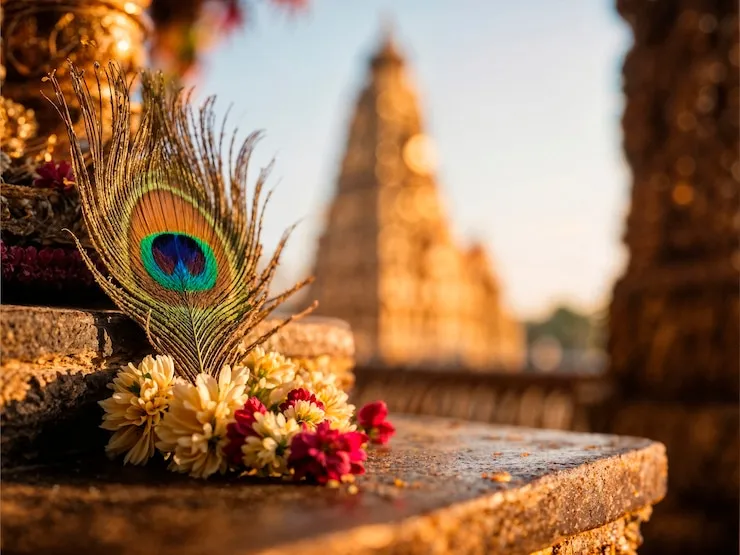
Some places in Bengal take Janmashtami to a whole new level. If you ever get the chance, visit:
- ISKCON Mayapur – The spiritual heart of Bengal during Janmashtami. You’ll see thousands gather for bhajans, dramas, and feasts.
- Radha Govinda Temple, Kolkata – Known for its stunning floral decorations and peaceful prayers.
- Madanmohan Temple, Bishnupur – An old temple with timeless traditions. The kirtan here sounds like it’s from another era.
Each temple has its flavor, but the love for Krishna? That’s the same everywhere.
Jhulan Yatra – The Swing of Devotion
A few days earlier than Janmashtami, houses and temples set up superbly adorned swings for Radha-Krishna idols. People sing and gently swing them, expressing love and joy. In Bengal, this Jhulan Yatra is simple, yet so touching.
Dahi Handi – Bengal’s Growing Trend
Though more common in Maharashtra, Dahi Handi is slowly catching on in Bengal too. Local clubs tie a pot filled with curd or butter high above. To break it, groups of younger boys construct human pyramids. The crowd cheers, music plays, and the spirit of Krishna’s early life fills the air.
Janmashtami at Home
Let’s not forget—most of Janmashtami happens at home. From morning to midnight, the family stays together. Grandparents lead the rituals. Parents prepare sweets. Children run around excitedly, dressed as little Krishnas and Radhas.
Even the preparation feels like celebration:
- Drawing little feet on the floor
- Singing together in the evening
- Making simple offerings like makhan mishri (butter and sugar)
And when the fast breaks at midnight? That first bite of prasad tastes like heaven.
Food that Feels Like Love
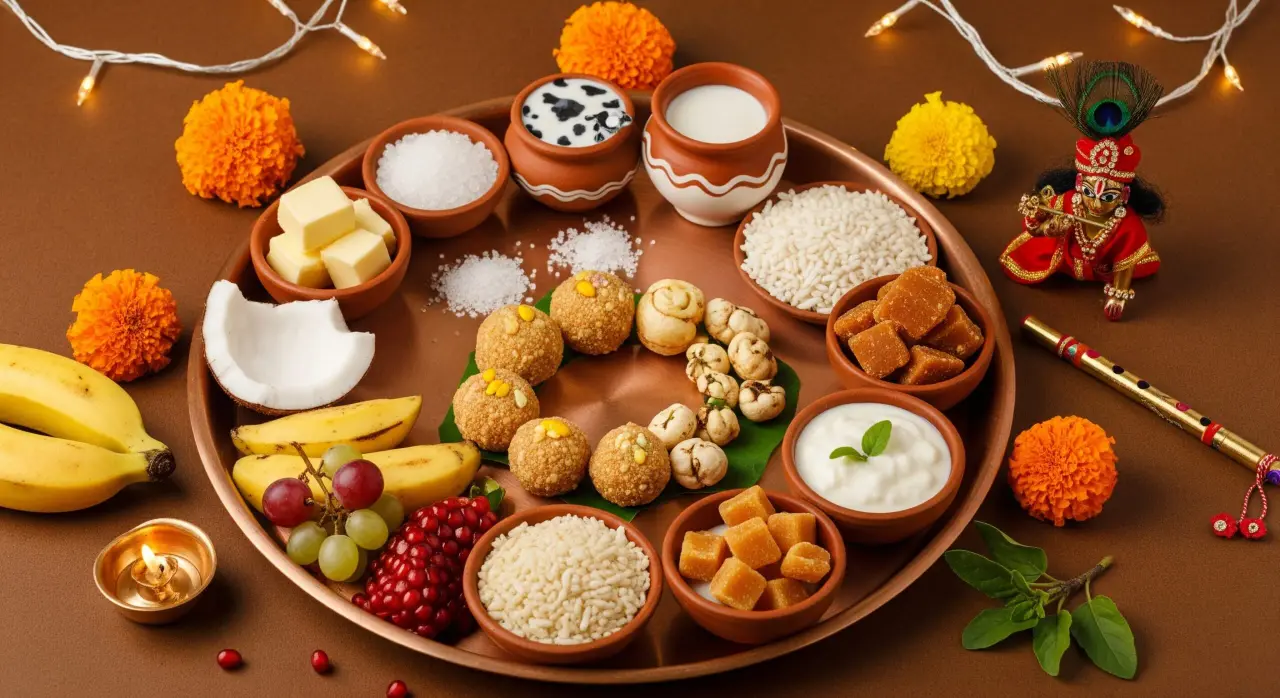
No Bengali celebration is complete without food. And Janmashtami, though simple, has its share of tasty treats.
Here’s what’s usually on the prasad plate:
- Makhan Mishri – Krishna’s favorite
- Payesh – Rice pudding, sweetened with jaggery
- Chirer Polao – Flattened rice cooked with ghee and nuts
- Sandesh and Laddoo – For those with a sweet tooth
It’s all homemade, shared with neighbors, and served with devotion.
Janmashtami Meets Independence Day in 2025
Now, right here’s the thrilling twist this year: Janmashtami and Independence Day fall on the equal date—August 16.
Think about it.
That’s no small coincidence.
Expect to see:
- National flags next to Krishna idols
- Temples hosting special prayers for the nation
- Cultural programs that blend stories of Krishna and freedom fighters
It’s a day to celebrate the soul of India—both spiritual and political.
Read Also: Nag Panchami Drawing Easy with Colour Step by Step Pencil
Why This Festival Still Matters
To laugh. To sit with our families and recall stories older than we are—but still full of meaning.
Krishna’s life teaches us:
- To choose dharma (righteousness)
- To stand by our friends
- To laugh freely
- To do our duty, no matter what
And don’t we all need that today?
Final Thoughts
This Janmashtami, if you're in Bengal, simply go outside in the evening. You’ll hear the bhajans. You’ll smell the incense. And you’ll feel something shift in the air.
Maybe you’ll see a child in a peacock feather crown. Maybe you’ll join in a kirtan at your local temple. Or maybe, you’ll just light a diya and smile.
Whatever you do, remember—it’s not about grand gestures. It’s about love. And this year, with Krishna and Bharat sharing a birthday, Bengal will celebrate both—with full heart, full joy.



